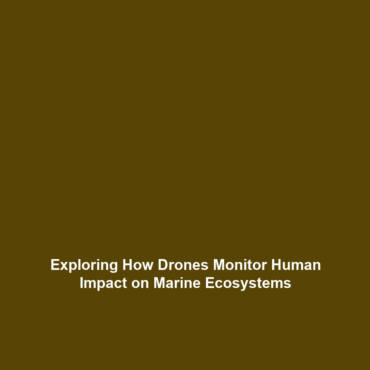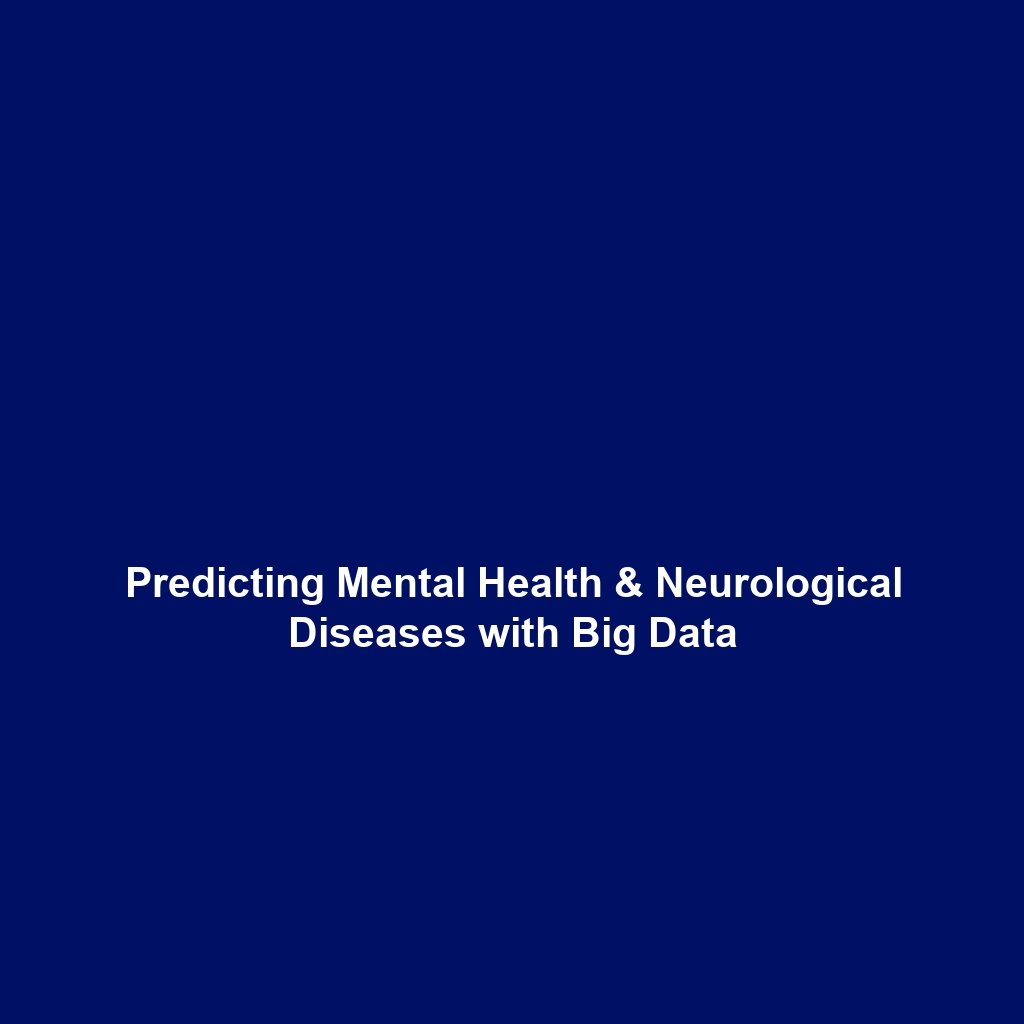Examples of Drones Monitoring Marine Ecosystems Affected by Human Activity
Introduction: The integration of drones in scientific research has revolutionized how we monitor and analyze marine ecosystems impacted by human activity. With the ongoing challenges posed by pollution, climate change, and habitat destruction, the deployment of drones offers an effective means to gather data in hard-to-reach areas. Drones in science serve as an innovative tool for ecologists and environmental scientists, providing aerial perspectives and real-time information that enhance our understanding of marine environments. This article delves into key examples of drones monitoring marine ecosystems, highlighting their significance in wildlife conservation and environmental protection.
Key Concepts
Understanding the role of drones in monitoring marine ecosystems involves several key concepts:
Remote Sensing
Drones utilize advanced remote sensing technologies such as multispectral and thermal imaging to capture data on water quality and habitat health. These techniques are crucial for detecting changes in ecosystems due to human impact.
Data Collection and Analysis
With onboard sensors and cameras, drones can collect high-resolution images and environmental data. Important metrics, such as temperature, dissolved oxygen levels, and algae concentrations, can be analyzed to assess the well-being of aquatic ecosystems.
Applications and Real-World Uses
The applications of drones in monitoring marine ecosystems are diverse and impactful:
- Coral Reef Monitoring: Drones are used to survey coral reefs, allowing scientists to measure reef health and track changes over time due to bleaching events.
- Fish Population Assessment: Ecologists deploy drones to estimate fish populations and their habitats, providing critical insights for sustainable fishing practices.
- Pollution Tracking: Drones equipped with sensors can identify and track pollution sources, enabling rapid response to chemical spills.
This illustrates how drones are pivotal in the applications of monitoring marine ecosystems affected by human activity.
Current Challenges
Despite their advantages, there are challenges associated with using drones for this purpose:
- Regulatory Constraints: Drones are subject to strict aviation regulations that can limit operational areas.
- Data Interpretation: The vast amount of data gathered necessitates advanced analytical skills and technology for meaningful assessments.
- Environmental Impact: The presence of drones can disturb local wildlife, particularly during critical breeding seasons.
Future Research and Innovations
Looking ahead, several innovations are poised to shape the future of drones in monitoring marine ecosystems:
- AI and Machine Learning: Integration of artificial intelligence will improve data analysis, enabling more precise interpretations of ecological data.
- Enhanced Battery Life: Advances in battery technology will allow drones to cover larger areas and operate for extended periods.
- Swarm Technology: Utilizing multiple drones for coordinated data collection will enhance monitoring efforts and improve efficiency.
Conclusion
In summary, the use of drones for monitoring marine ecosystems affected by human activity represents a significant advancement in scientific research. As technological innovations continue to emerge, the ability to gather valuable data and respond to environmental challenges will greatly enhance our conservation efforts. It is imperative for researchers and organizations to collaborate in exploring the full potential of drones in science. For further reading on related topics, check out our articles on Coral Reef Conservation and Innovations in Marine Science.

